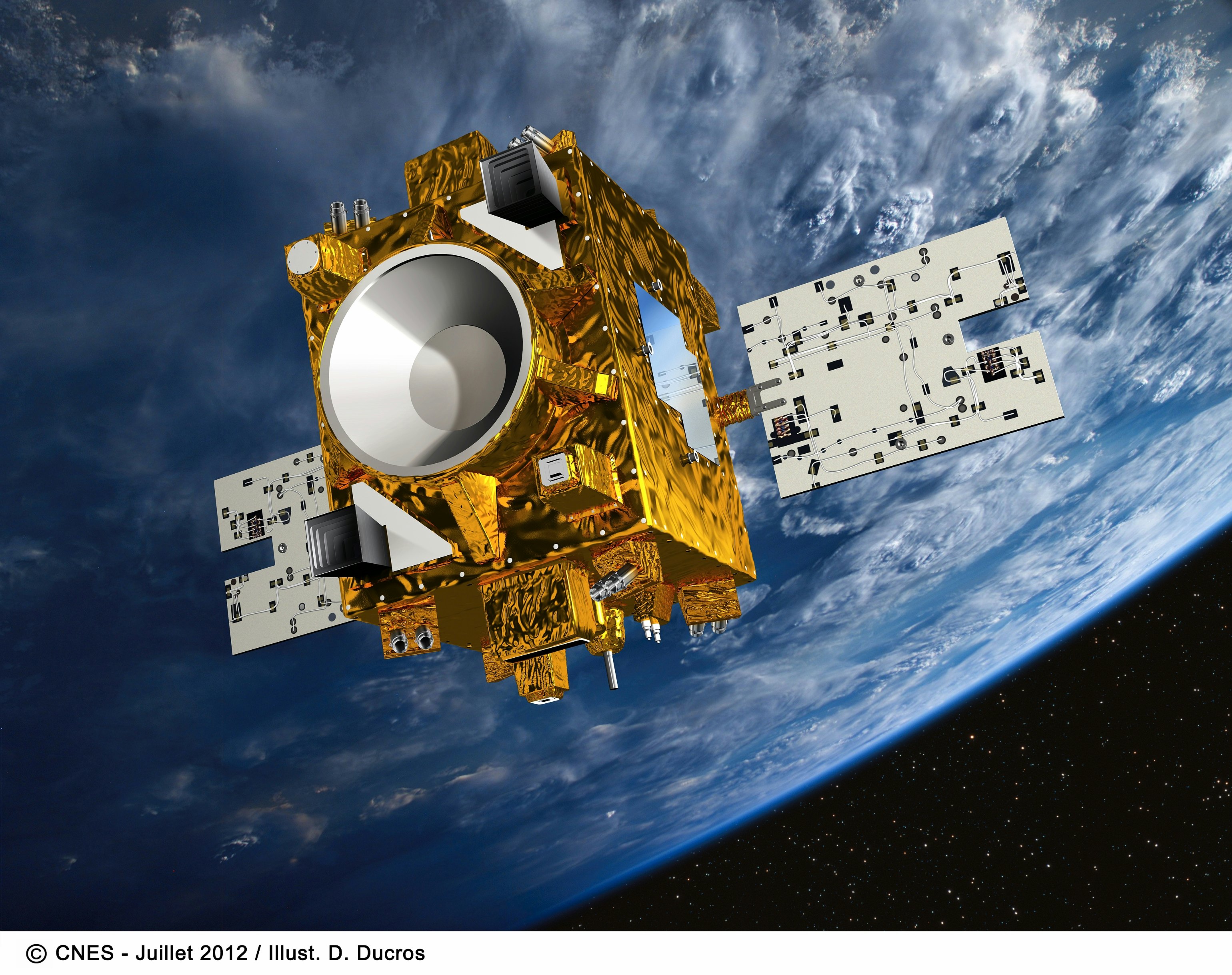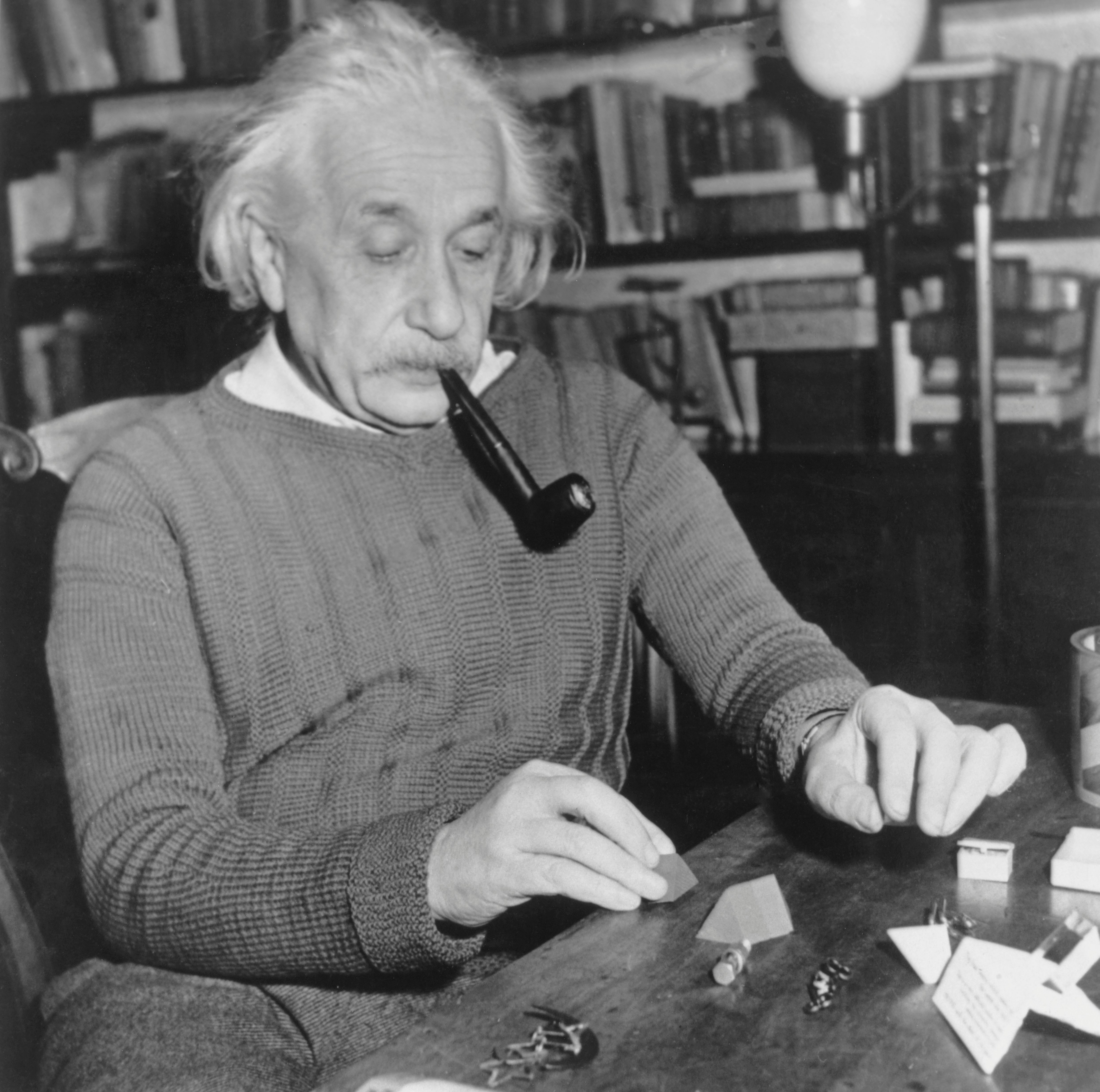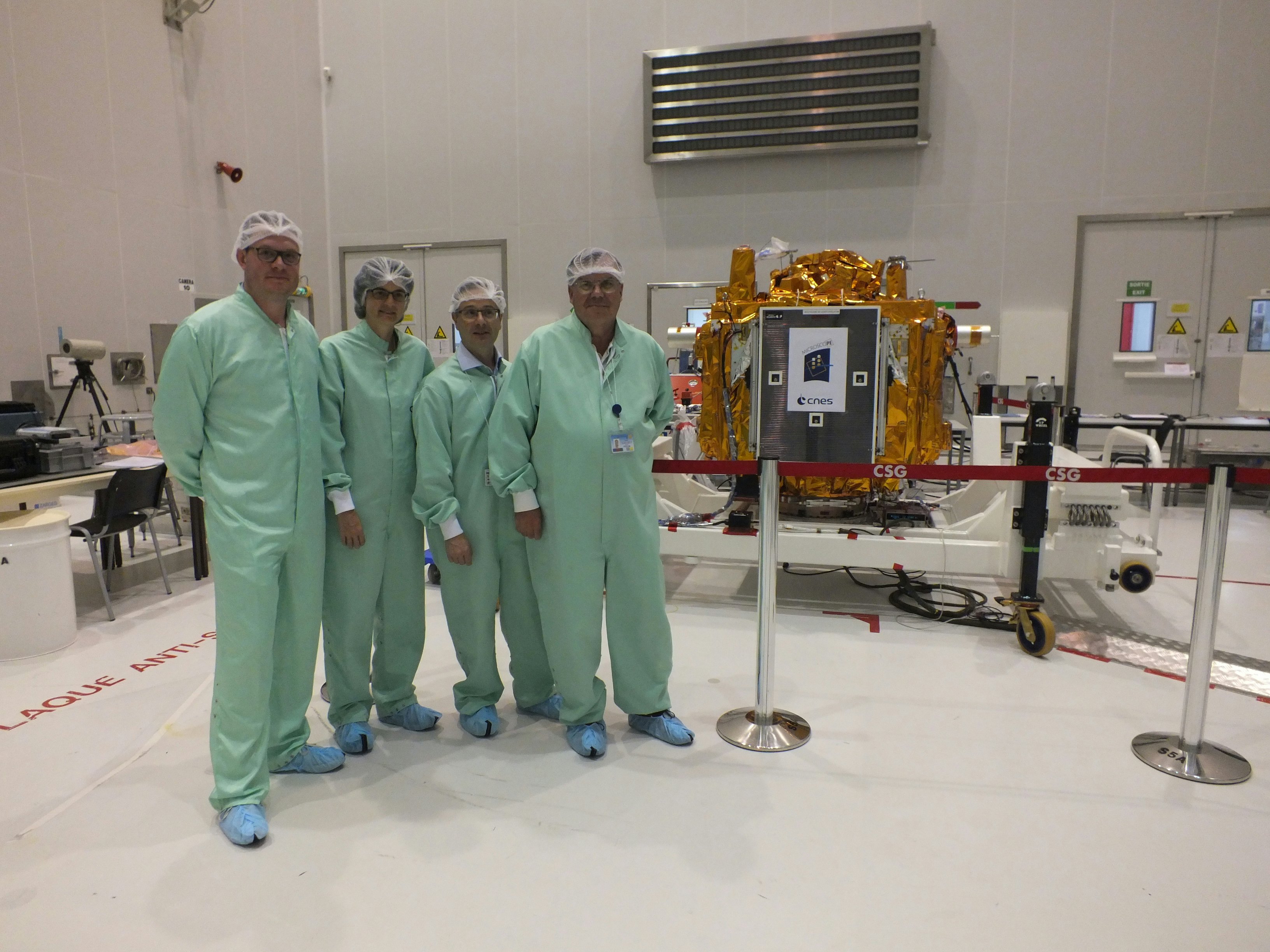
In 2016, a team of French physicists sent an ultra-sensitive, drag-free satellite called MICROSCOPE into space to study a 100-year old theory of Einstein’s that could change everything we know about gravity.
If this theory called the Weak Equivalence Principle (WEP) cracks, it may be proof that quantum physics has more influence on the macro-environment than we — or Einstein — believed.
In a new paper published Wednesday in the journal Physical Review Letters, the team of French scientists behind the project report the most precise measurement of WEP to date and squash hope of quantum influences.
Manuel Rodrigues is a lead investigator on the MICROSCOPE project and a space physics researcher at the French aerospace lab ONERA. Rodrigues tells Inverse that he’s relieved to report the results of this experiment after a challenging road to launch.
“Prior to launch we were not able to fully test the instrument in its flight high accuracy mode, so just having everything working well was already a big success,” Rodigues says.
What’s new — While Einstein was the first to formalize WEP into a principle in his 1915 paper on general relativity, observations of its phenomena have been observed as far back as Galileo. One common demonstration used in physics classrooms to show this relationship is to drop both a feather and a heavier mass inside a vacuum chamber and watch them fall. Under the influence of Earth’s gravity and other influences like air drag, we would expect a denser, heavier mass to fall more quickly to the ground than a light feather.
However, WEP shows that within this vacuum chamber — which behaves as an inertial, or non-accelerating, reference frame — these objects fall at the same rate. However, a vacuum on Earth wasn’t enough to satisfy scientists’ itch to prove this principle beyond any doubt. Instead, they took to space to collect more precise data to prove — or break open — this theory.

Why it matters — While part of the importance of MICROSCOPE’s experiment was to improve how precisely the WEP could be measured, there was also a chance that more precision might reveal previously unidentified quantum violations. For example, scientists could have measured a small difference between the acceleration of their two test masses. Such a measurement would’ve brought general relativity another step closer to finally reconciling with the world of quantum physics, which it famously doesn’t jive with, to bring scientists a unified theory of gravitation.
While MICROSCOPE did not find such violations, Rodrigues says that all hope isn’t lost for such a reconciliation between these theories in the future.
“Was there any disappointment that these results didn't confirm quantum violations? Yes indeed,” Rodrigues says. “There is still room for attempts to unify quantum physics and general relativity, but at each step of improvements in precision, the constraints may be more strong.”

What they did — To make their measurements, Rodrigues and colleagues designed an experiment to measure something called the Eötvös ratio which can be used to quantify how much two objects' acceleration differs from each other. To measure this value, the researchers monitored the acceleration of two test masses — one made from platinum and one from a titanium alloy — that were held in place using electrostatic force.
If the force needed to hold these objects in the same position changed by more than 10^15, that would be evidence that quantum violations were occuring. The research team has been analyzing these results since the MICROSCOPE experiments completed in 2018 and have found no evidence of quantum violation in the data.
“A violation should have been a breaking result in the physics community,” Rodrigues says. “However we were so happy and so relieved to have such nice measurements despite all the difficulties and challenges we had to face.”
What’s next — Even though the MICROSCOPE mission has come to an end, scientists aren’t quite done proving WEP. Already, Rodrigues says that ONERA is working on a follow-up mission that would be 100 times better than MICROSCOPE by improving on things like reducing crackles in the satellites coating and replacing wires in the system with contactless devices.
If all goes according to plan, Rodrigues says a 2035 launch of this new satellite could be possible.







